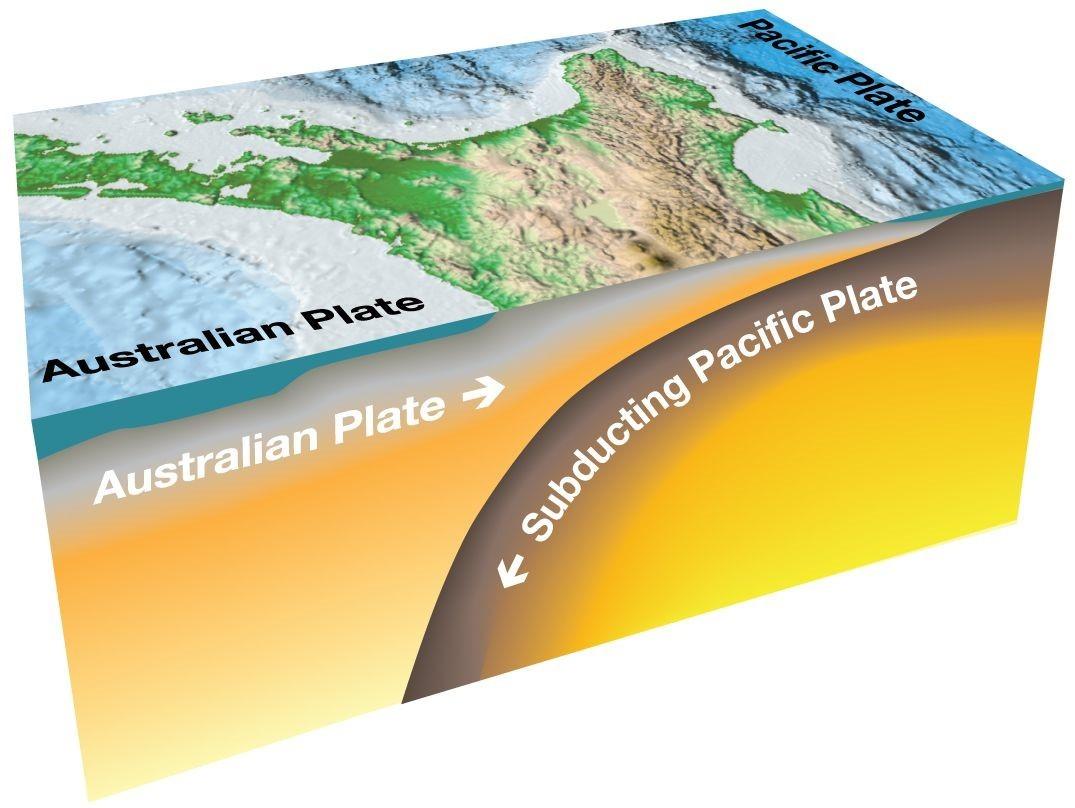Scientists are preparing for the rupture of New Zealand's largest fault which is expected to breach at some point in the future.
Five Civil Defence Emergency Management (CDEM) groups from across the North Island are working together to develop an emergency response plan.
They're using a magnitude 8.9 earthquake and tsunami scenario to prepare for the imminent threat, with vulnerable communities at the heart of the plan.
- Megathrust behind 'shattering' Kaikōura earthquake
- Quake-measuring devices placed on the Hikurangi fault
- Large earthquake inevitable from east coast's Hikurangi subduction zone
Project lead Natasha Goldring says it's vital to build the collaborative response to raise awareness among communities of how to respond to an earthquake or tsunami.
"The scenario we are using to support the development of this response plan is a very realistic example of what we could face in our lifetime, or that of our children and grandchildren," she said.
The project was launched in response to research over several years which suggest the rupture of the Hikurangi subduction zone is more likely than initially thought.
New Zealand Geoscience Society (GNS) scientist Dr Laura Wallace says it's due to a combination of factors, including new insights gained from the 2016 Kaikōura earthquakes and geological evidence for prehistoric quakes on the subduction zone.
A subduction zone, she explains, is where one tectonic plate subducts or dives under another, and the boundary between the two plates forms a large fault.
The Hikurangi subduction zone runs offshore from the east of Gisborne down to the top of the South Island and "poses a significant earthquake and tsunami risk to the entire east coast of New Zealand", says Dr Wallace.

There have been other recent warnings. GNS scientist Dr Kate Clark said last month that while research hadn't revealed any large subduction earthquakes occurring along the Hikurangi zone in recent historic times, "it is building up for something in the future".
These subduction zone faults have been responsible for most of the world's deadliest earthquakes and tsunamis to date, according to GNS, with Japan 2011 being the most recent example.
"While we're carrying out more research to build a clearer picture of the hazard posed by the Hikurangi fault, we know a rupture at some point in the future is certain," Dr Goldring says.
Thirty sensors were placed at the Hikurangi zone in October to collect crucial data. Dr Wallace said it was necessary with evidence pointing to the Hikurangi zone possibly being responsible for the Kaikōura quakes.
Research conducted by Victoria University geophysicist associate professor Simon Lamb found that the Hikurangi subduction zone or a megathrust fault was behind the quake.
With scientists pointing to the Hikurangi subduction zone as a looming threat, a community response plan now seems more important than ever.
An initial response plan will be developed in the project's first year, to support the five CDEM groups whom would be most affected: Gisborne, Bay of Plenty, Hawke's Bay, Manawatu-Wanganui and Wellington.
A series of planning workshops scheduled for February 2019 will bring together CDEM, local and central government, infrastructure providers, emergency services, hospital and health providers, and other stakeholders.
For information on how to prepare for an earthquake or tsunami, visit www.happens.nz.
Newshub.

